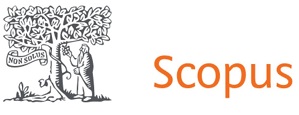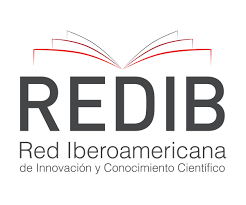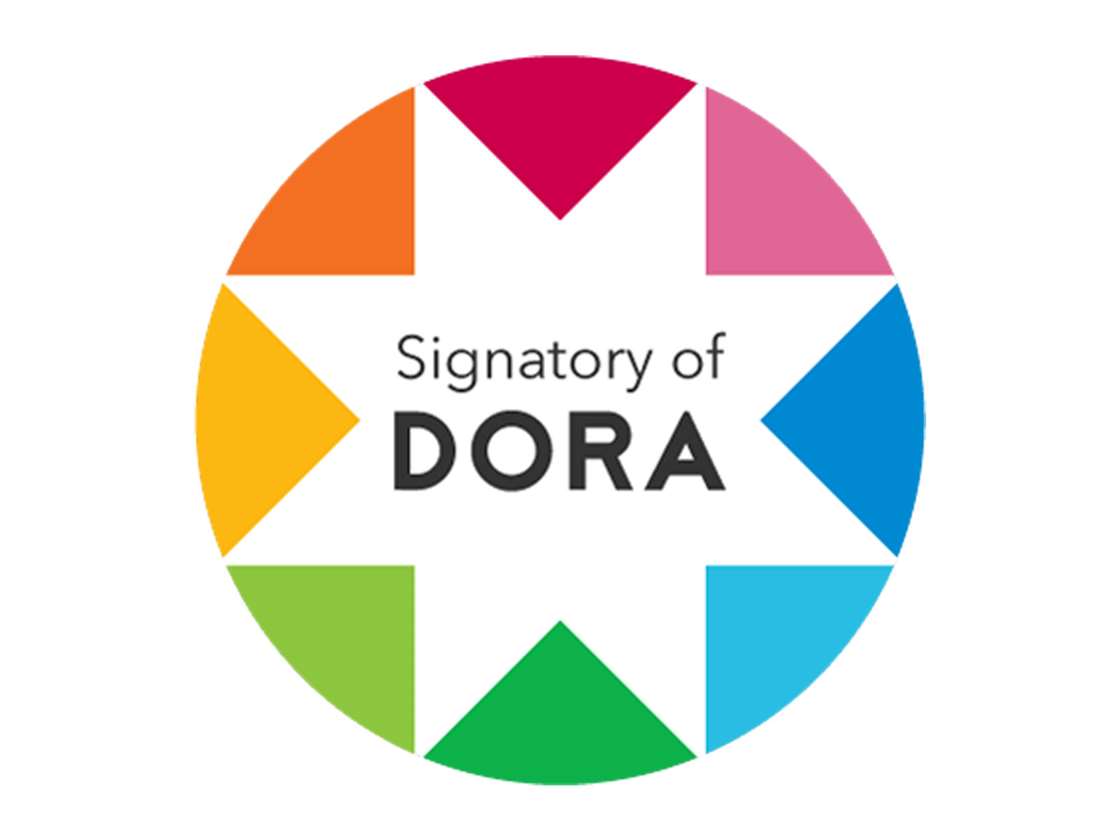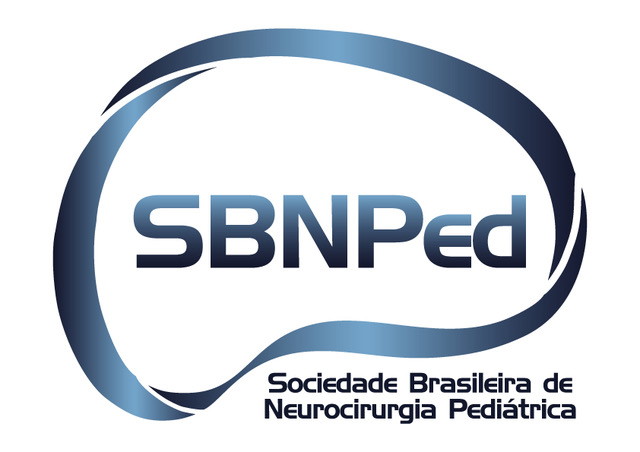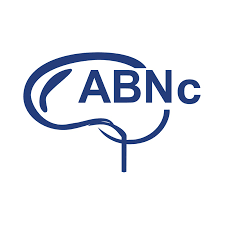Ventriculo-gallbladder shunt: a case report of a neglected technique
DOI:
https://doi.org/10.46900/apn.v4i3(September-December).143Keywords:
Hydrocephalus, Neurosurgery, Ventriculoperitoneal ShuntAbstract
Hydrocephalus is a common central nervous system (CNS) disorder in which there is an excess of cerebrospinal fluid within the cerebral ventricles, leading to their dilation. There are several pathologies that lead to this scenario: cerebral aqueduct stenosis, congenital malformations, cerebral neoplasms, cerebral hemorrhages, traumatic brain injury and meningitis, while the signs and symptoms differ according to age, underlying disease, malformations or associated injuries, and intracranial pressure level. The invasive treatment routinely performed for hydrocephalus is the insertion of a drainage system, known as a bypass. The present report describe a case of a 4-year-old patient with a history of using multiple ventricular shunts with multiple complications which had as a definitive treatment a ventriculogallbladder shunt (VGB) technique, and was asymptomatic after 2 years of follow-up. VGB has a great indication factor, does not present physiological changes due to its absorption of CSF, manifests fewer complications during its use, and is controlled by radiography and USG. However, it is currently used in cases of ventriculoperitoneal shunt (VP) failure. A VGB placement carries the same risk of all inherent complications that can occur with a VP, including malfunction and infection. It can be concluded that a VGB is underestimated by most physicians as it is not a conventional method. Despite this, it should be an alternative to be considered in case of refractory patients and in the absence of effectiveness of other types of shunts.
Downloads

Additional Files
Published
How to Cite
Issue
Section
License
Copyright (c) 2022 Valdecir Boeno Spenazato Júnior, Aline Rabelo Rodrigues, Beatriz Pereira Vilela, Carolina Barcha Santos, João Victor Carvalho da Paz, Ricardo Santos de Oliveira, Matheus Fernando Manzolli Ballestero

This work is licensed under a Creative Commons Attribution 4.0 International License.

When publishing in Archives of Pediatric Neurosurgery journal, authors retain the copyright of their article and agree to license their work using a Creative Commons Attribution 4.0 International Public License (CC BY 4.0), thereby accepting the terms and conditions of this license (https://creativecommons.org/licenses/by/4.0/legalcode).
The CC BY 4.0 license terms applies to both readers and the publisher and allows them to: share (copy and redistribute in any medium or format) and adapt (remix, transform, and build upon) the article for any purpose, even commercially, provided that appropriate credit is given to the authors and the journal in which the article was published.
Authors grant Archives of Pediatric Neurosurgery the right to first publish the article and identify itself as the original publisher. Under the terms of the CC BY 4.0 license, authors allow the journal to distribute the article in third party databases, as long as its original authors and citation details are identified.









